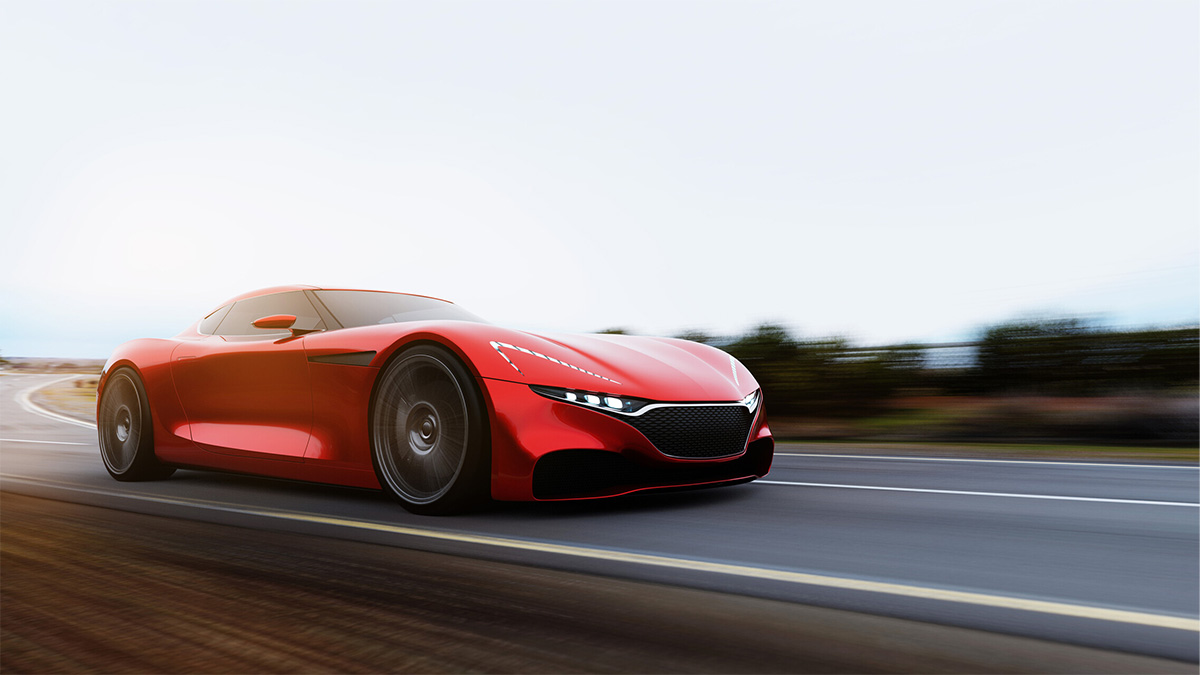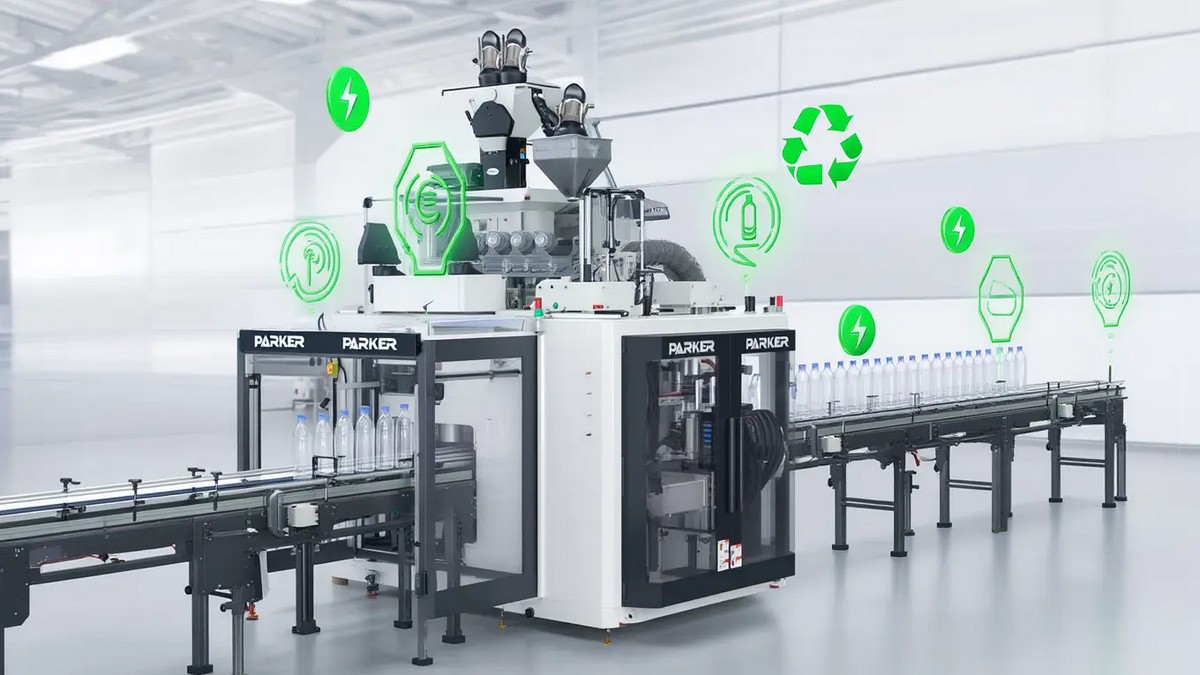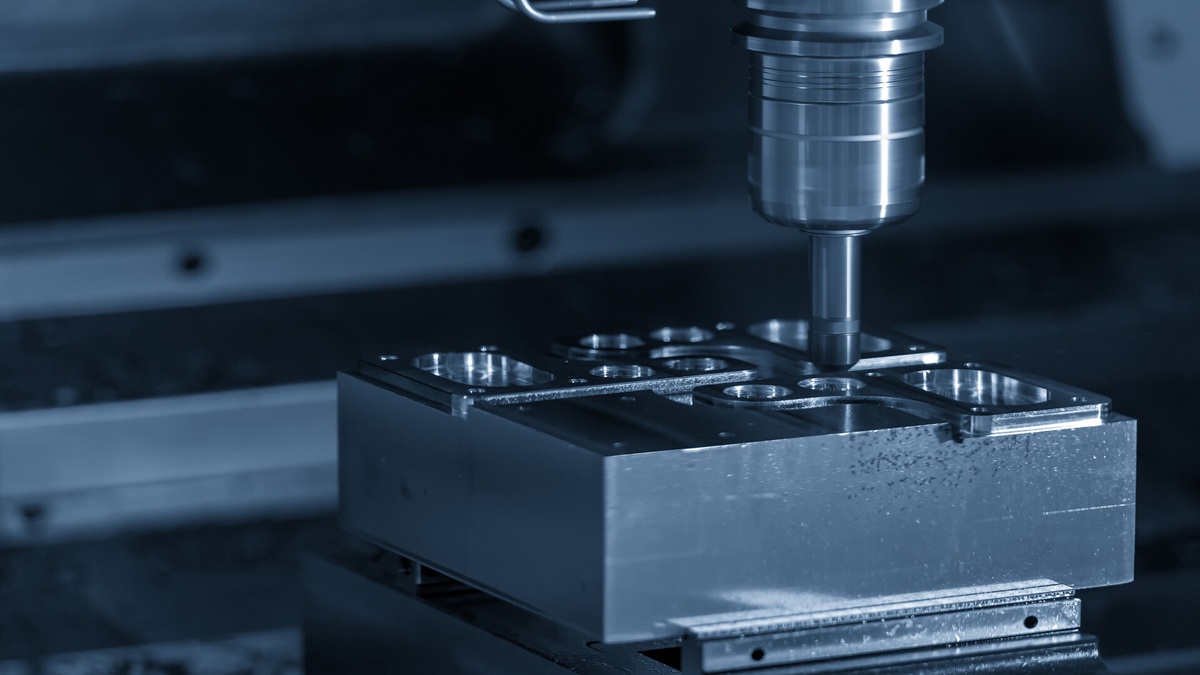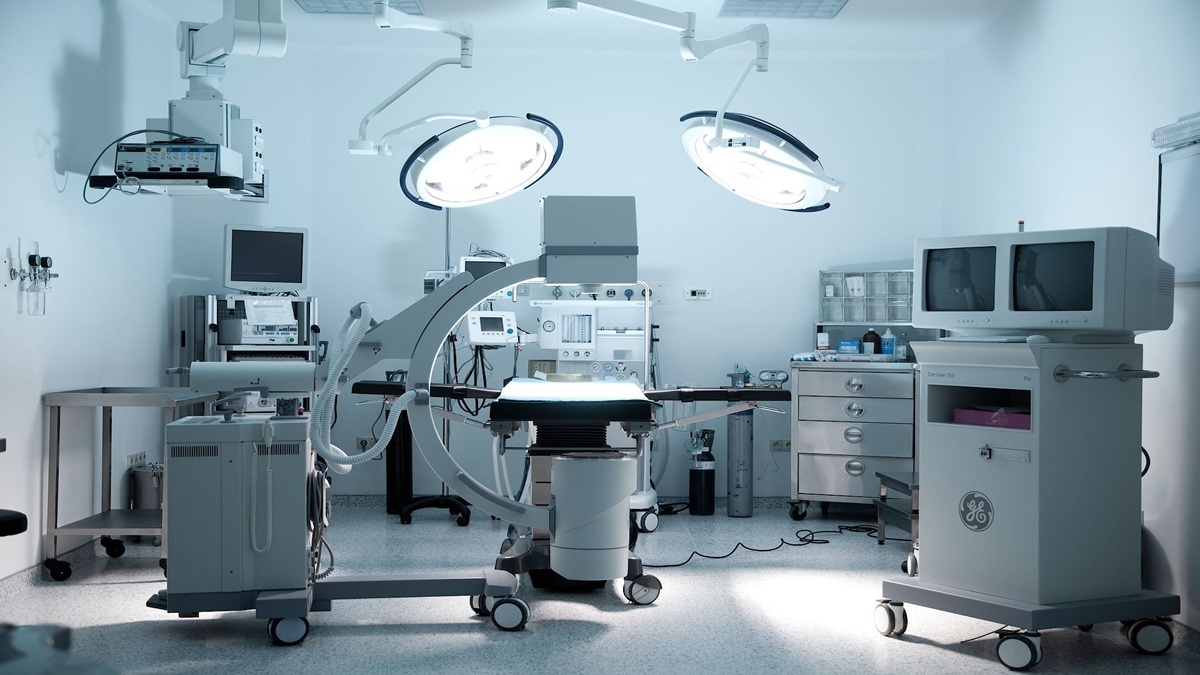The German automotive industry has always been a core industry driving employment and economic growth, and maintaining global competitiveness.
In recent years, the German auto industry has been committed to investing in various infrastructures and using policy tools to encourage investment and R&D, hoping to catch up with the changing trends of the global industry. In December 2020, the EU announced its goal to reduce greenhouse gas emissions by 55% by 2030 and achieve the goal of carbon neutrality by 2050. Since 2020, the epidemic has affected the global manufacturing supply chain, and the proportion of electric vehicles or vehicle electrification has grown, impacting the auto parts industry. Auto parts and components are critical to the automobile manufacturing industry, and developments in the auto parts manufacturing industry will promote transformations in the machine tool industry.
The General Economy of Germany:
Germany is one of the world’s seven largest industrial countries. Germany has a highly developed market economy system with strong economic strength. It is the fourth-largest economy in the world, the largest economy in Europe, and is an industrial country with high foreign trade dependence. Germany’s automobile manufacturing, its electrical industry, its machinery manufacturing, and its chemical industry all hold leading position in the world and are very competitive in the global manufacturing industry.
The Ruhr area is a traditional coal and steel industrial area in Germany. Munich, Stuttgart, and Wolfsburg have also formed strong manufacturing clusters, while Berlin, Leipzig, and Dresden are industrial centers in eastern Germany, and new industries are concentrated in the Munich area.
The Size of the German Automotive Industry:
20% of Germany's economic output comes from the auto industry. Germany companies produce a total of 5.5 million passenger cars each year in their worldwide factories. Of the 3.3 million vehicles produced domestically in Germany each year, 78% are exported. 20% of global automobile production lines depend on the German automobile component industry, showing the influence of German manufacturing.
Production and sales of automobiles, components, and electric vehicles in Germany: Overview of the German Automobile Industry
The automobile and component manufacturing industries are core industries in Germany. In 2020, the output value of the automobile industry was 500.9 billion US dollars. There are nearly 1,000 automobile and component manufacturers, and the number of automobile-related employees exceeds 880,000. It is Germany’s largest export-oriented production industry. The production value of the automobile industry in 2021 was US$523 billion. This included US$16 billion for car bodies, US$94.2 billion for components, and US$412.8 billion for completed automobiles.
In 2021, due to the impact of the epidemic, the export value of the automobile industry decreased to 368.9 billion US dollars, a 4.4% decrease from 2020. Over the past 10 years, the automobile industry has still ranked first in Germany's for export value. Automobiles and components are also Germany's most important import items, with an import value of 223 billion U.S. dollars. In 2021, affected by the continuation of the epidemic and the shortage of automotive chips, the sales of German cars in China, Japan, India, the United States, and Russia all declined. Only the Brazilian and European markets improved slightly.
Germany's main auto exporting countries are the United States, China, and the United Kingdom, in that order. In addition, the China market has already become an important source of profit for the three major auto manufacturers VW, Benz, and BMW. China's auto market directly drives the profit of the German auto industry. In 2021, Germany produced a total of 3.353 million vehicles of various types and exported 2.922 million vehicles. Among them, VW ranked first with a market share of 18.5%, followed by Mercedes Benz with a market share of 9.4%, and Ford with a market share of 7.8%.
Over the past two years, both production and sales of the German automobile manufacturing industry have declined. The sales of commercial vehicles and components has also declined. Only the production and sales of electric vehicles have shown growth. With the development of electric vehicles, carbon dioxide emissions will continue to decrease, and by 2023, the number of new electric models developed by automakers is expected to triple. The industry is expected to invest US$57 billion in R&D in 2024, for the development of alternative vehicles driven by non-fossil fuels. In terms of foreign investment, the three major German automakers are all actively investing in foreign factories. But manufacturers will continue to take advantage of local production to localize the supply chain and reduce production costs. Automobile manufacturers are moving the production of traditional (internal combustion engine) automobiles overseas, and using original German factories to focus on the electric vehicle market.
Electric Vehicle Sales in Germany:
In 2021, Germany sold a total of 1.084 million electric vehicles, 1.3 times the sales in 2020. 335,000 were pure electric vehicles, accounting for 30.9% of the sales of electric vehicles in 2021. Although there was a breakthrough in the proportion of electric vehicle sales in 2021, the total number of electric vehicles presently driving in Germany is about 1.35 million. Of these 45% are battery electric vehicles, 55% hybrid vehicles, and plug-in hybrid vehicles. This accounts for 2.6% of the 52.16 million cars in Germany, which is still low. With increased government support of electric vehicles industry, and various purchase subsidies, market development of the electric vehicle industry shows great potential for the future.
Electric Vehicle-Related Policies in Germany:
The European Union has announced a goal of reducing carbon dioxide emissions by 55% by 2030. Europäischen Umweltverbände and T&E (Transportation & Environment) pointed out that by then, the European Union will need 33 million electric vehicles to replace traditional cars. Furthermore, 44 million vehicles will be required to achieve the carbon neutrality target. Presently, only about 2% of the EU's 280 million vehicles are powered by electricity, and charging facilities for electric vehicles are insufficient. It is estimated that the EU will need to invest 80 billion euros by 2030 to increase and popularize relevant infrastructure to cope with the challenges facing the electric vehicle era.
Germany's government plans to inject 60 billion euros over the next four years in the climate fund to finance climate goals. As part of a pledge to phase out coal-fired power generation, Germany's government aims to have renewable energy supply 80% of its power needs by the end of 2030. It has also pledged to accelerate the transition to electric vehicles to reach zero carbon emissions by 2045. EV subsidies (€6,000-9,000 per vehicle) will continue until 2025 under the German ruling coalition agreement. At the same time, the agreement says existing excise taxes on gasoline, heating oil, coal, and natural gas will not be increased. According to the 2030 Climate Action Program, Germany plans to reach 10 million electric vehicles by 2030 and has set a target of having more than 1 million electric vehicle charging stations by then.
Electric Vehicle Components Drive Industry Restructuring:
The operation of electric vehicles requires power conversion processes such as power generation, charging, and discharging. The 35% energy efficiency of pure electric vehicles is much higher than that of traditional internal combustion engines. The power batteries used by electric vehicles accounts for 40-50% of the cost of the vehicle. Although the unit price of power batteries has been reduced year by year, the price still remains high. While some feature of electric vehicles, such as intelligent applications requiring semiconductor components, can increase the cost of the vehicle, the motor and drive systems used in electric vehicles are simpler and can reduce the cost of the vehicle by 10-20% compared with the cost of traditional internal combustion engine vehicles.
Automotive components for traditional gasoline or diesel engine vehicles can be divided into 8 major systems according to their functional characteristics: engine, engine peripherals, transmission system, braking system, steering system, suspension system, body and tires, and other components. Electric vehicles on the other hand use electric motors and power batteries to replace traditional gasoline or diesel engines and fuel systems. With electricity as the power source, pure electric vehicles do not require the intake/exhaust systems or fuel supply system of traditional internal combustion engines. The starting, running, stopping, acceleration, and deceleration of electric vehicles is controlled by the power motor, driver, and electronic components. Electric vehicles have specially designed components such as vehicle intelligence, power batteries, electric motors, shock absorbers, suspension arms, air conditioning systems etc. The proportion of the cost of automobiles attributed to electronic components has increased significantly, and the proportion of costs associated with fuel systems, engines and gearboxes in traditional automobiles has gradually decreased. Compared with traditional vehicles, electric vehicles have newly added controllers, power batteries, power components or power conversion modules, etc. The reorganization of the automobile and components industry, and changes in manufacturing processes, has opened new opportunities for development in the electric vehicle components industry.
Opportunities for Electric Vehicle Component Manufacturing and Machine Tool Applications:
Taking into consideration the fixed performance of the power battery, the next most effective way to extend the range of the electric vehicle’s travel distance is to reduce the weight of vehicle through selection of materials and manufacturing methods. Some of the main ways to reduce vehicle weight are as follows:
- Use lightweight materials, such as aluminum alloys, magnesium-aluminum alloys, engineering plastics, or carbon fiber composite materials, and use high-tensile-strength steel plates instead of ordinary steel to reduce the thickness of the steel plates.
- Optimize the design of the lightweight structure, and optimize the structure of the auto body, chassis, and other components.
- Adopt advanced manufacturing processes, such as laser tailor welding, hydroforming, aluminum alloy low-pressure casting, semi-solid forming technology, etc.
The sub-systems of electric vehicles can be roughly divided into the car body, chassis system, power battery system, power system, and various controllers. Ferrous metal materials, light alloys (aluminum alloys), composite materials, etc., can be exchanged with non-ferrous metals.
The key components of electric vehicles require special machining and manufacturing processes, including welding or casting, steel plate stamping, die stamping, cutting, scraping, milling, heat treatment, wheel grinding, grinding, etc. Depending on the type of components and functional requirements, possible types of machine tools needed for production include lathes, milling machines, drilling machines, grinding machines, machining centers, and so on.
Opportunities and Challenges in the Era of Electric Vehicles:
The development and production of electric vehicles also promotes changes in other related industries as well. The electrification of vehicles has become an irreversible trend, and traditional cars are seen as outdated technology. When the power source of automobiles changes from fuel to electric, the architecture of the overall vehicle changes. The electric vehicle industry is an innovative industry that combines IT with manufacturing and production, making the development of the electric vehicles more and more diverse.
In the past, an engine required approximately 1,200 components. With an electric power motor, the number of required components is reduced to less than 100. The demand for related auto parts has also changed, eliminating the need for the cylinder block, piston, crankshaft, exhaust valve, and camshaft of the engine system.
Since there is no need for an engine system, the number of items to be processed by the machine tool industry is reduced. However, there will be increased demand for some components such as gearboxes, forged or cast aluminum alloy wheels, aluminum-alloy body panels, electrical systems such as power battery temperature management systems and brackets, power motor rotors and stators, and aluminum alloy driver control boxes, and other related components. Although the popularity of electric vehicles will put pressure on the machine tool industry, there will be new opportunities and challenges that can bring about positive changes in the machine tool industry.









.jpg)
.jpg)
.jpg)


.jpg)